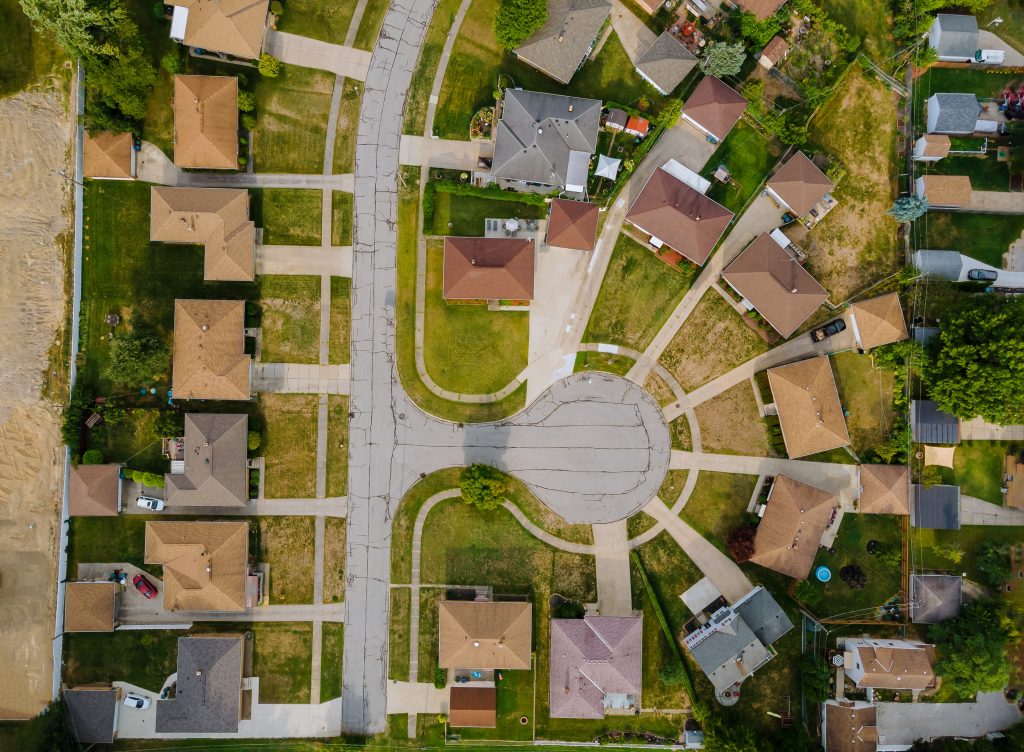Modern neighborhoods are evolving, and smart lighting is leading the way. From sleek LED streetlights that adjust brightness automatically to integrated security cameras and motion sensors, these upgrades promise safer, greener, and more connected communities. Yet, as the demand for smart lighting and enhanced neighborhood facilities grows, a crucial question lingers: who will foot the bill for all these improvements?
The Promise of Smart Lighting
Smart lighting transforms ordinary streets into well-monitored, energy-efficient pathways. By adjusting brightness levels based on activity or time of night, these lights save energy while increasing security. In many cases, neighborhoods that adopt smart lighting see reduced crime rates and improved safety for pedestrians and drivers alike.
The benefits don’t stop at security. Smart lighting enhances property value and creates a sense of pride among residents. Streets look more inviting, shared spaces feel safer, and the overall curb appeal of the neighborhood rises, often making the area more attractive to future homebuyers.
The Costs Behind the Glow
While the advantages are clear, smart lighting comes at a price. Installation can involve rewiring existing infrastructure, integrating Wi-Fi or sensor systems, and maintaining the technology to ensure optimal performance. Municipalities sometimes cover the upfront costs in public neighborhoods, but in private or HOA-managed communities, the responsibility often falls on residents.
For many neighborhoods, this means higher HOA fees or one-time assessments to cover the costs of the upgrades. While some residents may see the value immediately, others may resist the cost, especially if the benefits feel unevenly distributed. Understanding the financial model early is key to avoiding disputes and ensuring smooth implementation.
Funding Neighborhood Facilities
Beyond lighting, neighborhoods often seek to improve facilities such as playgrounds, mail kiosks, and shared green spaces. Like smart lighting, these enhancements boost property values and quality of life, but again, someone must bear the cost. HOAs typically manage these projects, using either reserve funds or special assessments to cover costs.
Sometimes, grants or city partnerships can help offset expenses. Municipal programs that prioritize safety or sustainability may provide partial funding for smart lighting or park improvements. Proactive HOA boards that explore these options can ease the burden on individual residents while delivering visible upgrades.
Balancing Benefits and Responsibility
When done right, investing in smart lighting and improved facilities creates a cycle of benefits. Properties become more desirable, neighborhood engagement grows, and safety concerns decrease. However, transparency is crucial. Residents want to know how much they are paying, where the money is going, and how they will personally benefit from it.
Effective communication and clear planning turn potential resistance into excitement. Hosting neighborhood meetings, sharing cost breakdowns, and outlining the long-term value help everyone feel included in the decision-making process. When neighbors see the return on investment, they’re more willing to embrace the financial responsibility.
The Bottom Line
Smart lighting and modern facilities don’t just brighten streets; they illuminate the future of safe, thriving neighborhoods. While the question of cost is unavoidable, the rewards often outweigh the expense when managed wisely. Communities that invest in these improvements build not just better infrastructure, but also stronger connections and lasting value for every homeowner.
Partner with Otto’s Streetscape Solutions!
At Otto’s Streetscape Solutions, we’re proud to be part of that mission. Let us help you bring clarity, safety, and peace of mind to your community one light at a time. Contact us today to learn more about our lighting solutions.

